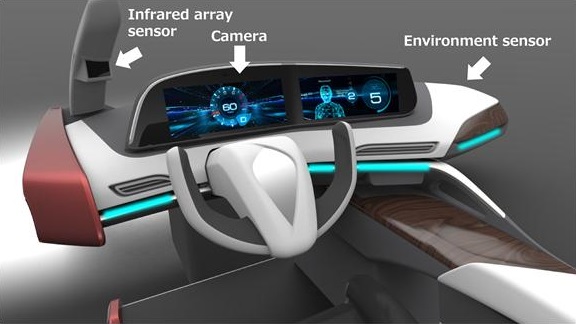Panasonic Reveals Drowsiness Detection System to Combat Driver Fatigue

Fatigued driving is a hot-button issue in commercial transportation from the FMCSA’s electronic logging device mandate to increased awareness of sleep apnea among drivers. Panasonic recently announced a novel technology to detect driver fatigue and drowsiness. The technology uses an in-vehicle camera to recognize, analyze, and measure the rate of a driver’s blinking eyes and changes in facial expressions that may indicate fatigue. The technology also measures the in-vehicle environment such as changes in body temperature and the surrounding environment where drivers are more prone to fatigue in a warm and dim environment. The technology is also capable of taking action to reduce fatigue such as adjusting airflow and temperature conditions to allow the driver to remain comfortably awake or turning up the music volume to increase alertness. If the sensor predicts a high level of drowsiness, an alarm will sound and direct the driver to obtain rest. Panasonic plans to roll out the technology in samples starting October 2017. More information can be found here.
The New York Times recently wrote about other manufacturers developing technology to detect drowsy driving. Bosch is developing a camera system similar to Panasonic’s that monitors a driver’s head and eye movements, posture, and body temperature to measure fatigue. Plessey Semiconductors has developed seat sensors to monitor heart rate change, using an algorithm to monitor breathing changes consistent with fatigue to provide the driver with advanced warning before potentially feeling the effects of fatigue.
It is unclear if and when the technology will gain market acceptance, or what the associated implementation costs will be. However, we could see driver fatigue monitoring technology commercially available within the next 5 years, according to some industry developers.
Image provided.